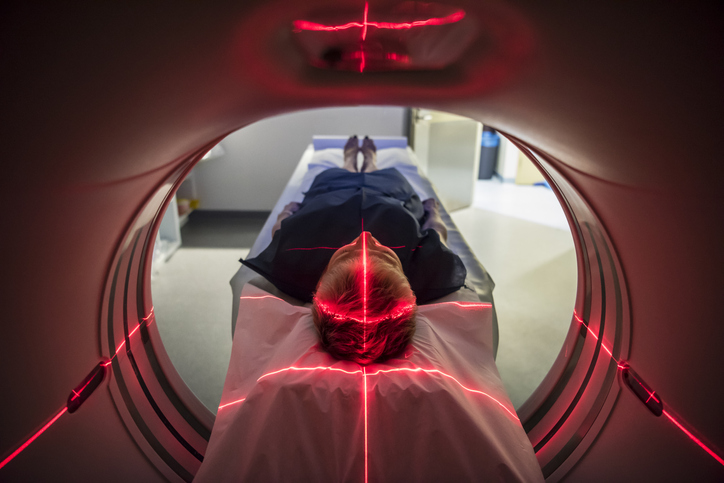Treatments
Risks and Benefits of Spinal Fusion Surgery

What is spinal fusion surgery?
Spinal fusion is a surgical procedure that involves permanently fusing two or more vertebrae together to reduce or eliminate pain. The spine of an average adult consists of 24 vertebrae (back bones). During a spinal fusion, a neurosurgeon or orthopedic surgeon places a bone graft or bonelike material between two or more vertebrae to create one solid structure. Once the material is in place, plates, screws, or rods are used to hold the bones together, which provides stability in the spine for proper fusion and healing.
Benefits
Benefits of spinal fusion surgery include, but are not limited to, the following:
- Reduced back or neck pain
- Elimination or reduction of related symptoms, such as tingling or numbness in the extremities
- Reshaping of the spine (for conditions such as scoliosis)
- Restored stability of the spine (for conditions such as severe arthritis)
- Improved quality of life
Risks
Spinal fusions are generally safe; however, as with any type of surgical procedure, there are risks, such as poor wound healing, infections, bleeding, blood clots, or issues with anesthesia or medications.
Risks specific to spinal fusion surgery include, but are not limited to, the following:
- Persistent pain at the bone graft site
- Recurrence of original symptoms
- Non-union of the vertebrae (pseudoarthrosis)
- Nerve damage
- Muscle weakness
- Reduced flexibility and movement, as the fused vertebrae no longer move independently
- Implant-related complications
- Adjacent segment disease
- Donor bone graft complications (infection or tissue rejection)
- Paralysis
- Failed back surgery syndrome
Additional source: OrthoInfo: American Academy of Orthopaedic Surgeons
















